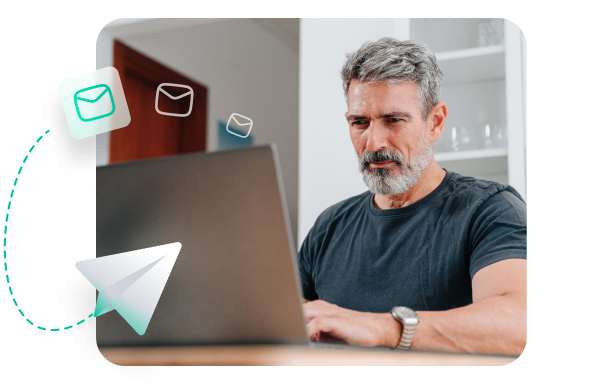An auto parts markup chart is a tool used by auto repair shops to determine the appropriate markup rate when pricing parts for customers. It helps businesses calculate profit margins and ensures parts are priced competitively while maintaining profitability.
Understanding auto parts markup: A comprehensive guide
What is markup?
Markup is the amount added to the cost of a product to create the selling price. In the auto repair industry, markup refers to the price increase on auto parts before they are sold to customers. For shop owners, markup is essential to cover overhead costs and ensure profit.
Relevance to business and consumers
Both auto repair shops and consumers should understand how auto parts markup works. For shop owners, it is key to maintaining a profitable business, while consumers can benefit by knowing what drives the pricing they see on repair bills.
Basics of auto parts markup
How markup works
Markup is calculated by adding a percentage to the wholesale cost of a part. For instance, if an auto shop buys a part for $100 and marks it up by 50%, the part will be sold to the customer for $150. This markup percentage covers operational costs like labor, utilities, and rent, as well as the desired profit margin.
Factors influencing markup
Several factors impact the markup rate, such as:
- Part rarity: Rare or hard-to-find parts often have higher markups due to limited availability.
- Demand and supply: Common parts may have lower markups due to high availability, while parts in short supply can see higher rates.
- Supply chain issues: Delays or challenges in sourcing parts can also push up prices, affecting markup.
Typical markup rates in the automotive industry
Average markup percentages
Markup percentages can vary based on the type of part and the market:
- Common parts: 40% to 60%
- Specialty parts: 100% or more
- High-end or luxury vehicles: Often see markups of 200% or more
Comparison with other industries
While the auto industry tends to have high markups, sectors like retail or electronics often see lower rates, ranging from 10% to 40%.
The role of markup in auto repair shop profitability
Importance of markup for profit margins
Properly setting a markup is crucial for an auto repair shop’s profitability. Markup not only covers the cost of purchasing parts but also helps maintain shop operations and achieve healthy profit margins.
Balancing markup and customer satisfaction
There is a delicate balance between profit and fairness. Setting too high of a markup can drive customers away, while too low may hurt profitability. Transparent pricing can foster trust and encourage repeat business.
How to use an auto parts markup chart
Reading and interpreting markup charts
Markup charts are simple tools that display the recommended markup for various parts. To use one:
- Identify the cost of the part.
- Look up the suggested markup percentage for that part.
- Apply the markup to the cost to get the selling price.

Strategies for setting markups on auto parts
Market research
Conducting market research ensures that your pricing aligns with competitors and market standards. Understanding customer expectations and competitor rates helps fine-tune your markup strategy.
Vendor relationships
Negotiating costs with vendors can lead to better deals, allowing you to offer competitive prices while maintaining solid profit margins.
Volume discounts and promotions
Buying in bulk or during sales can lower the cost per part. These savings can then be passed on to customers or used to boost profit margins.
Best practices for auto repair shops
Transparency with customers
Being open about your pricing structure helps build trust with your customers. Providing explanations for how you calculate part prices can alleviate concerns over high costs.
Regularly updating markup strategies
The market changes over time, so it’s important to revisit your markup strategy regularly. Adjust prices to reflect industry shifts, new trends, and your shop’s evolving needs.
Utilizing technology
Investing in auto repair inventory management software can streamline the markup process. These tools can automatically apply your set markup rates, making it easier to manage inventory and pricing efficiently.
FAQs
What is a fair markup for auto parts?
A fair markup typically ranges between 40% and 60% for most auto parts. However, certain parts may have higher rates depending on factors like availability and demand.
What is a good profit margin for auto parts?
A healthy profit margin for auto parts is typically between 20% to 30%. This allows for covering costs while ensuring profit.
How do you calculate markup on parts?
To calculate markup, use this formula:
Markup = (Selling Price – Cost Price) / Cost Price x 100.
For example, if you buy a part for $100 and sell it for $150, the markup is 50%.









